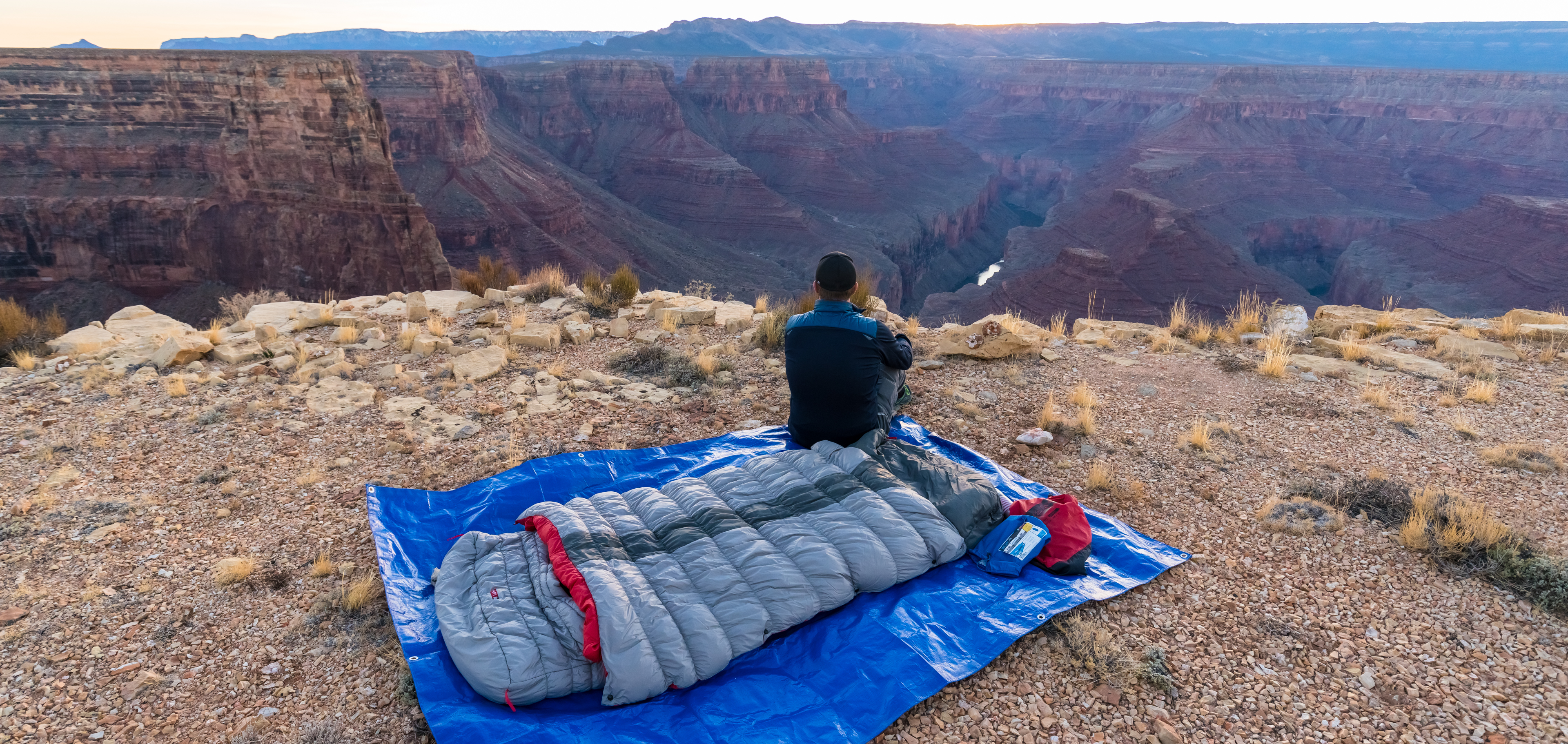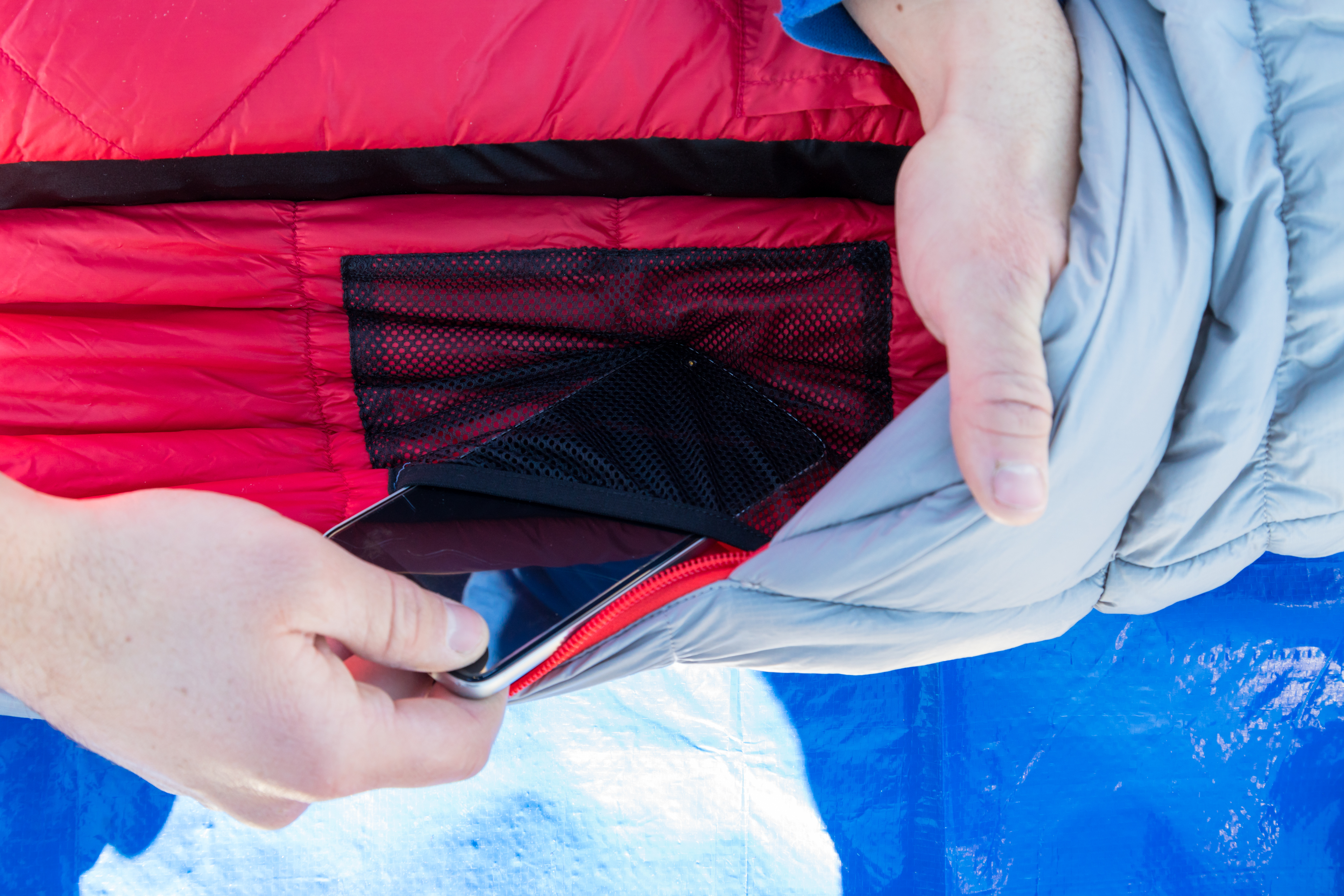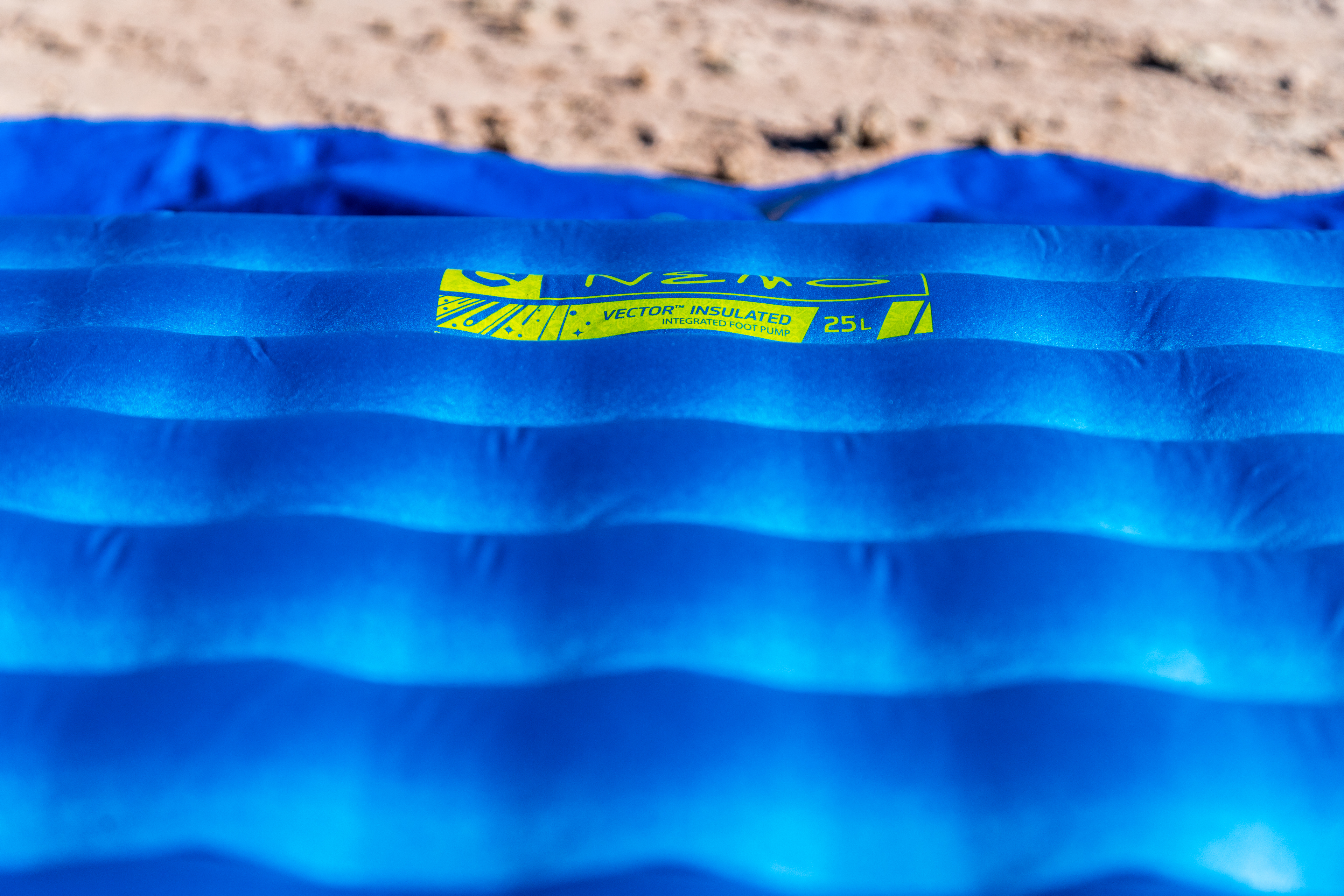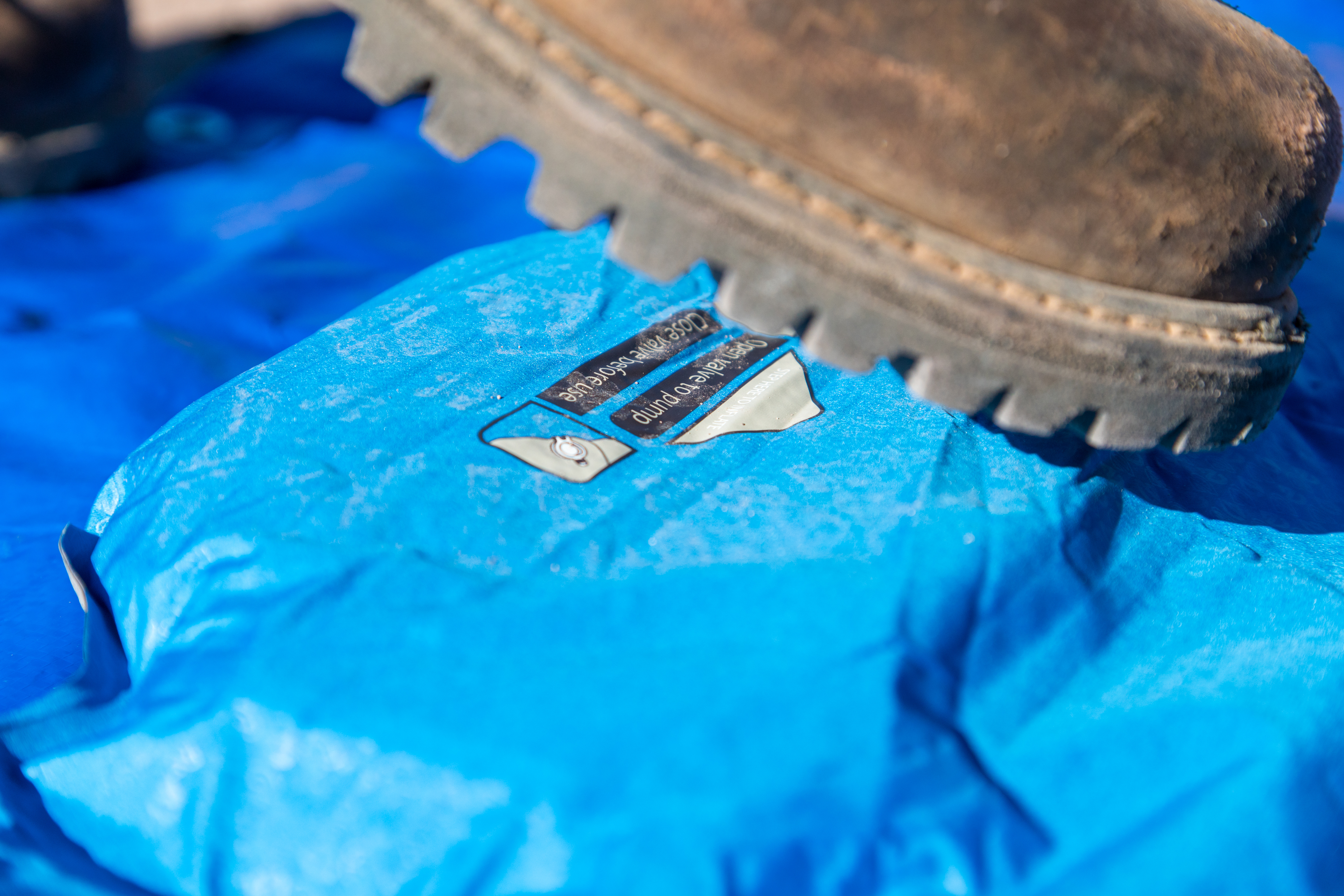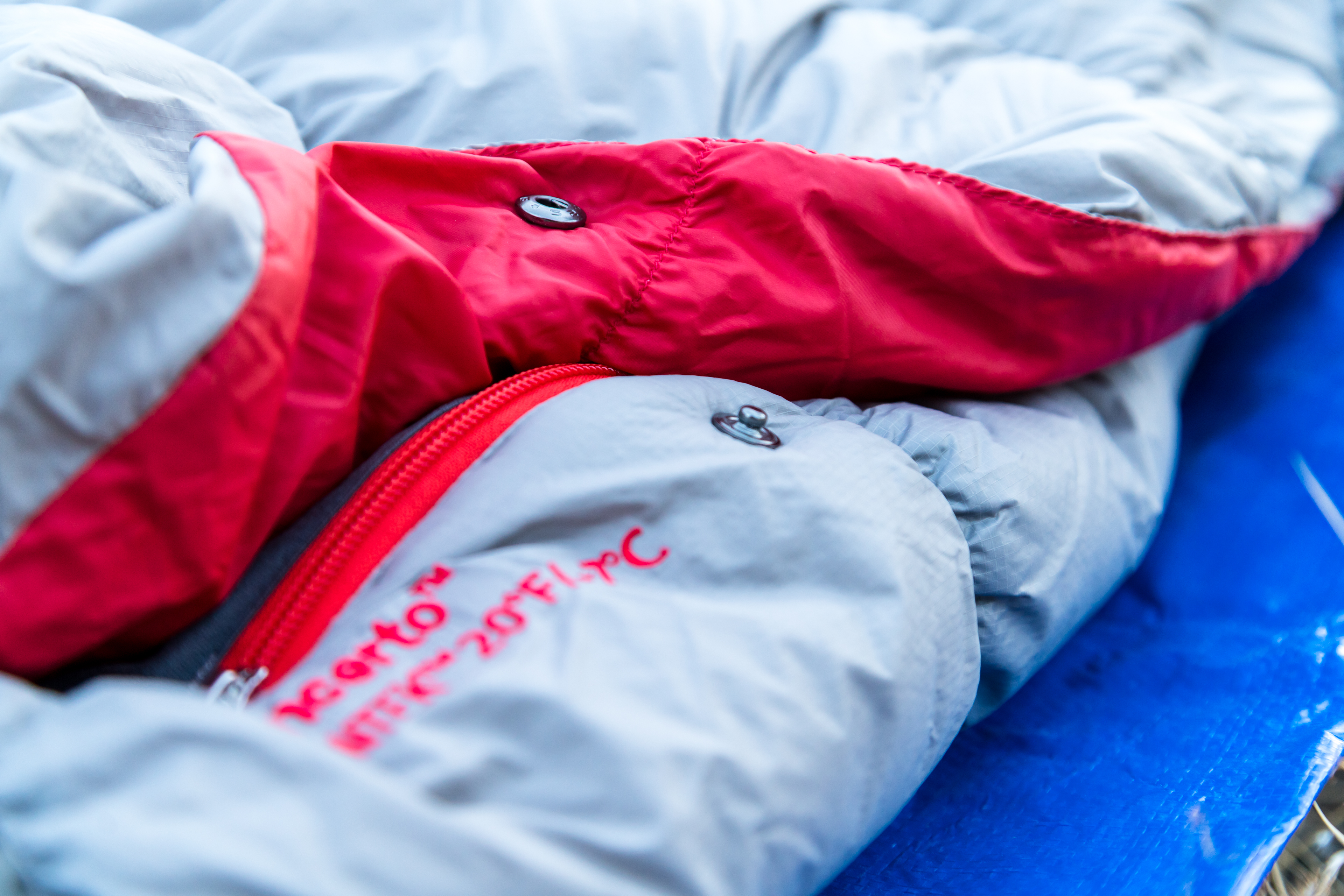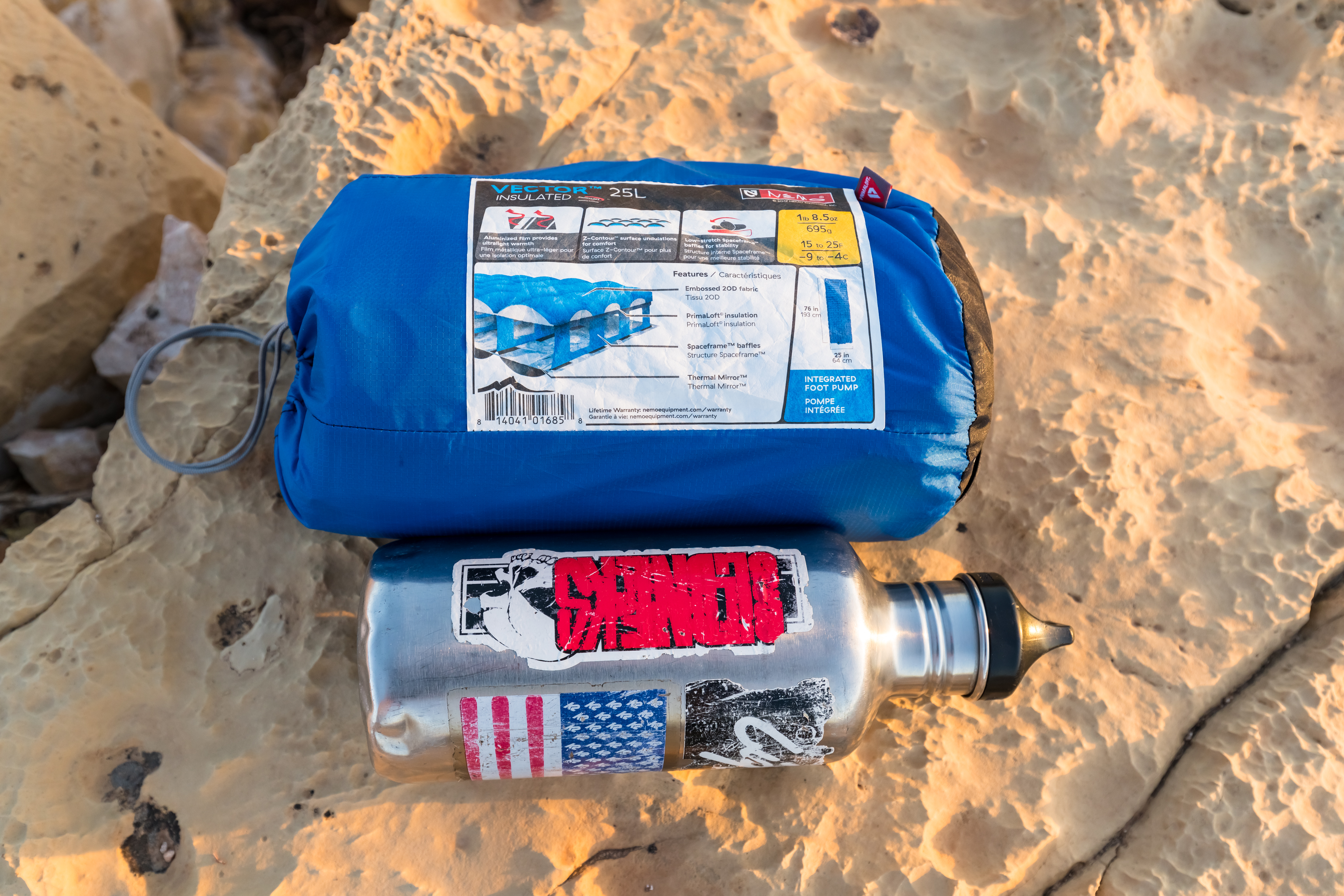

While reading the internet one day, I came across a post from Bajaworx seeking testers for an Enduro bike windshield. Bajaworx was looking for folks to give their product some real world testing, and to put it through the ringer to see how performed and held up to months of riding. I promptly replied to the post, and a few days later I received a neat, tidy package in the mail. Like the proverbial porridge, the box was not too big, not too small, but just right. Maybe it’s just me, but it really irks me when I get a pair of gloves shipped in a box you could live out of. No, Amazon, I did not like your packaging.
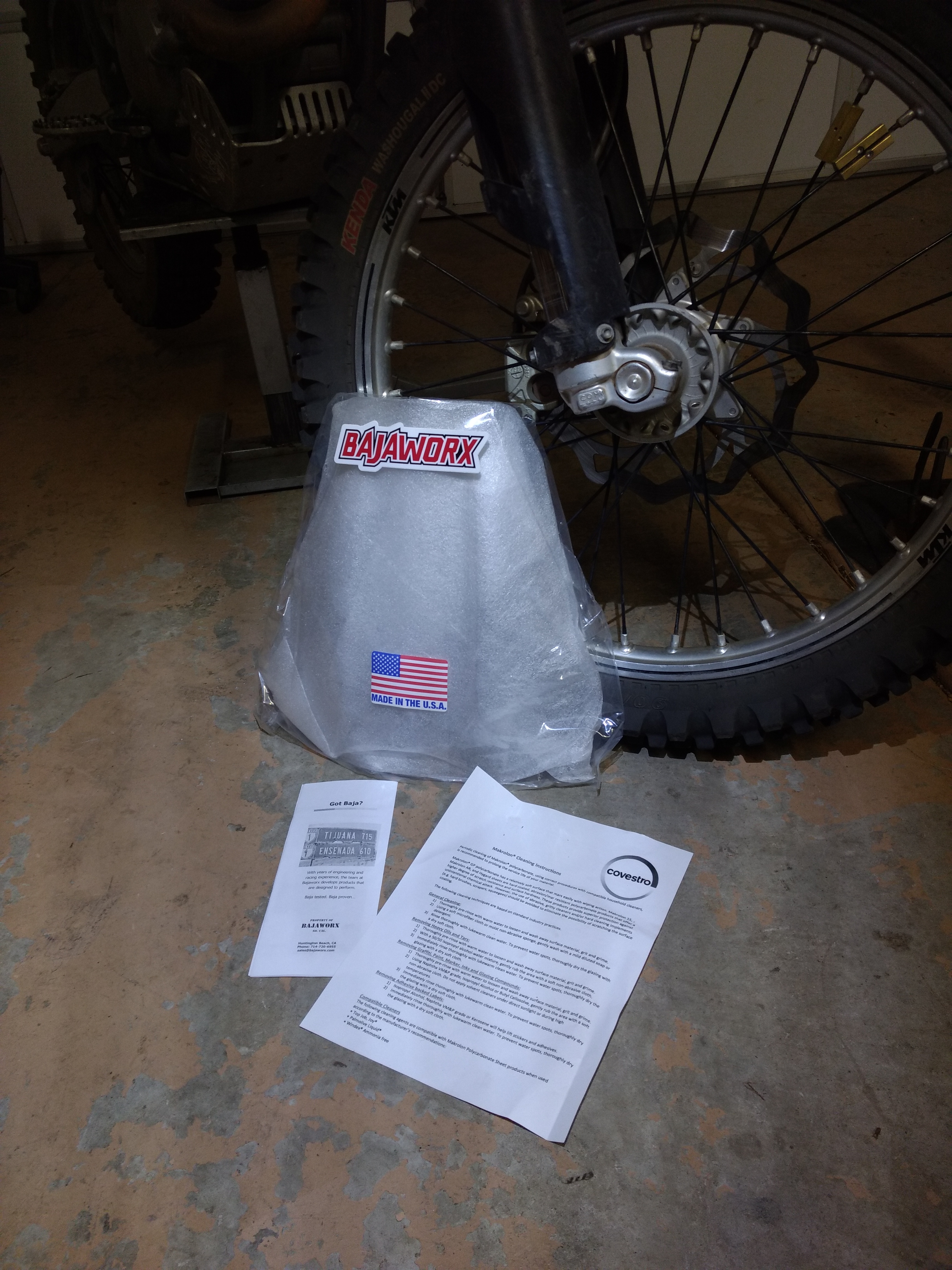

Tear open the box from Bajaworx however, and you get a carefully and correctly wrapped shield, complete with a bag of hardware taped in place (nice!) and a clear set of installation and care directions. The shield comes out clean and free from blemishes, and they even used high quality Makrolon polycarbonate in its construction. These guys obviously care about what they make and sell.
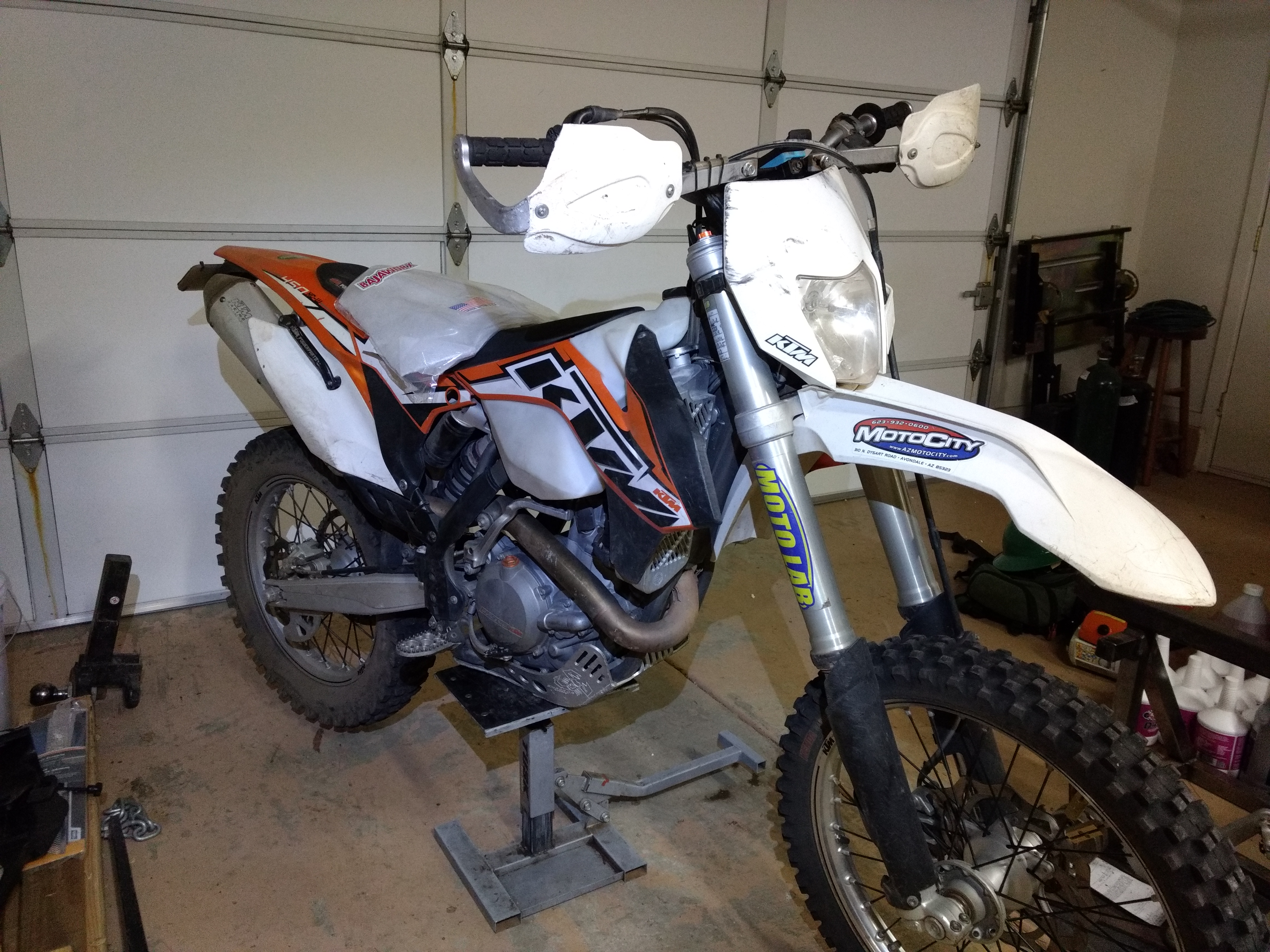
Start the installation by removing the headlight mask on your bike to install the shield. You’ll have to punch a few holes in the stock mask, but luckily this part is only about 20 bucks if you need to “rework” it for any reason. Removing the headlight assembly is as simple as disconnecting the wiring, removing the brake hose guide, and pulling the two rubber mounting straps.
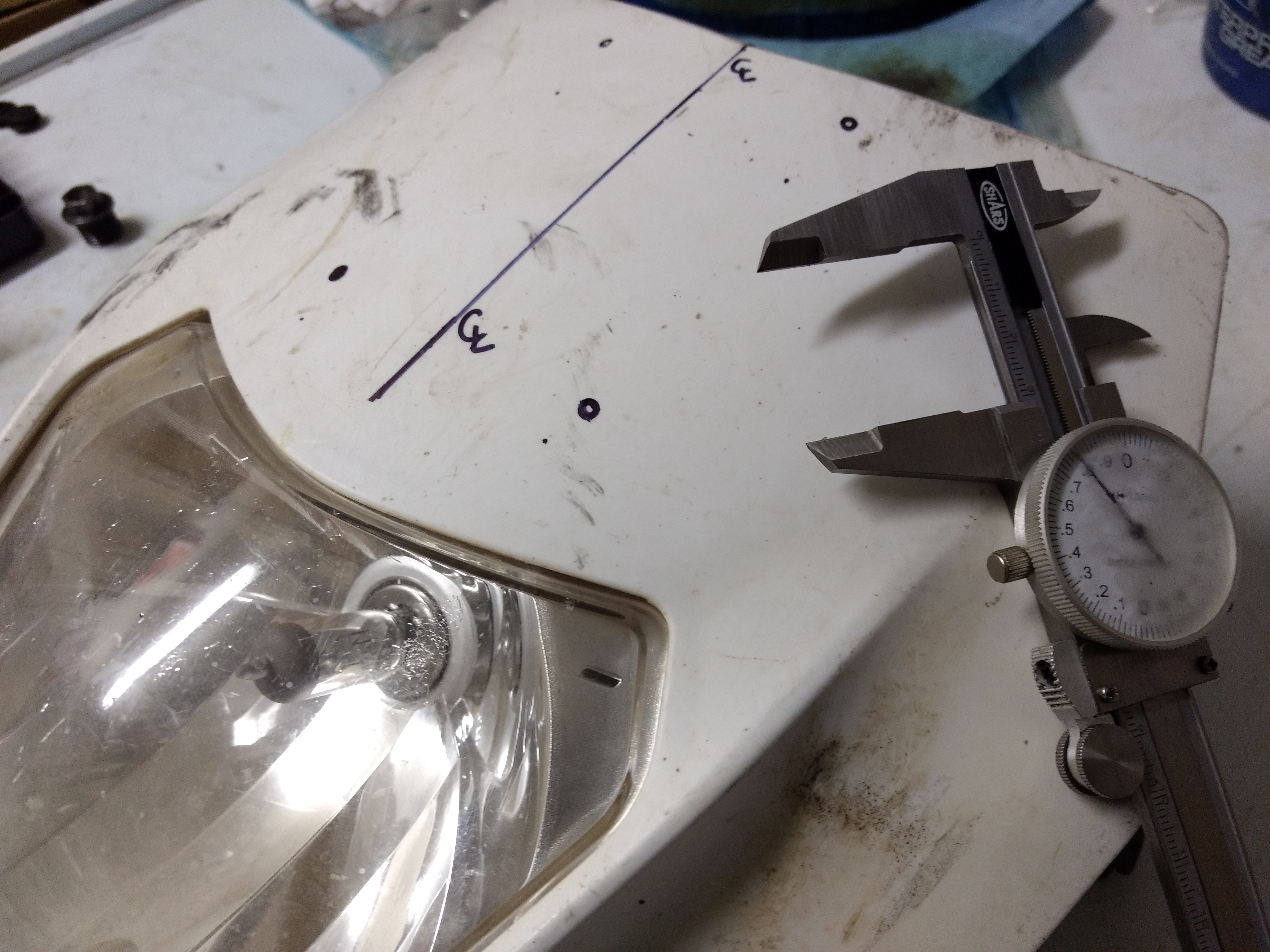
Here’s my first gripe: I’m a klutz and I want a template, darn it! I’m also borderline OCD, so I needed to get the windshield installed perfectly straight. Out come the calipers and the sharpie so that I can scribe some lines of reasonable accuracy. A paper template that I can lay over the bike’s headlight mask and mark out the drill holes would be a welcome addition to the installation instructions.
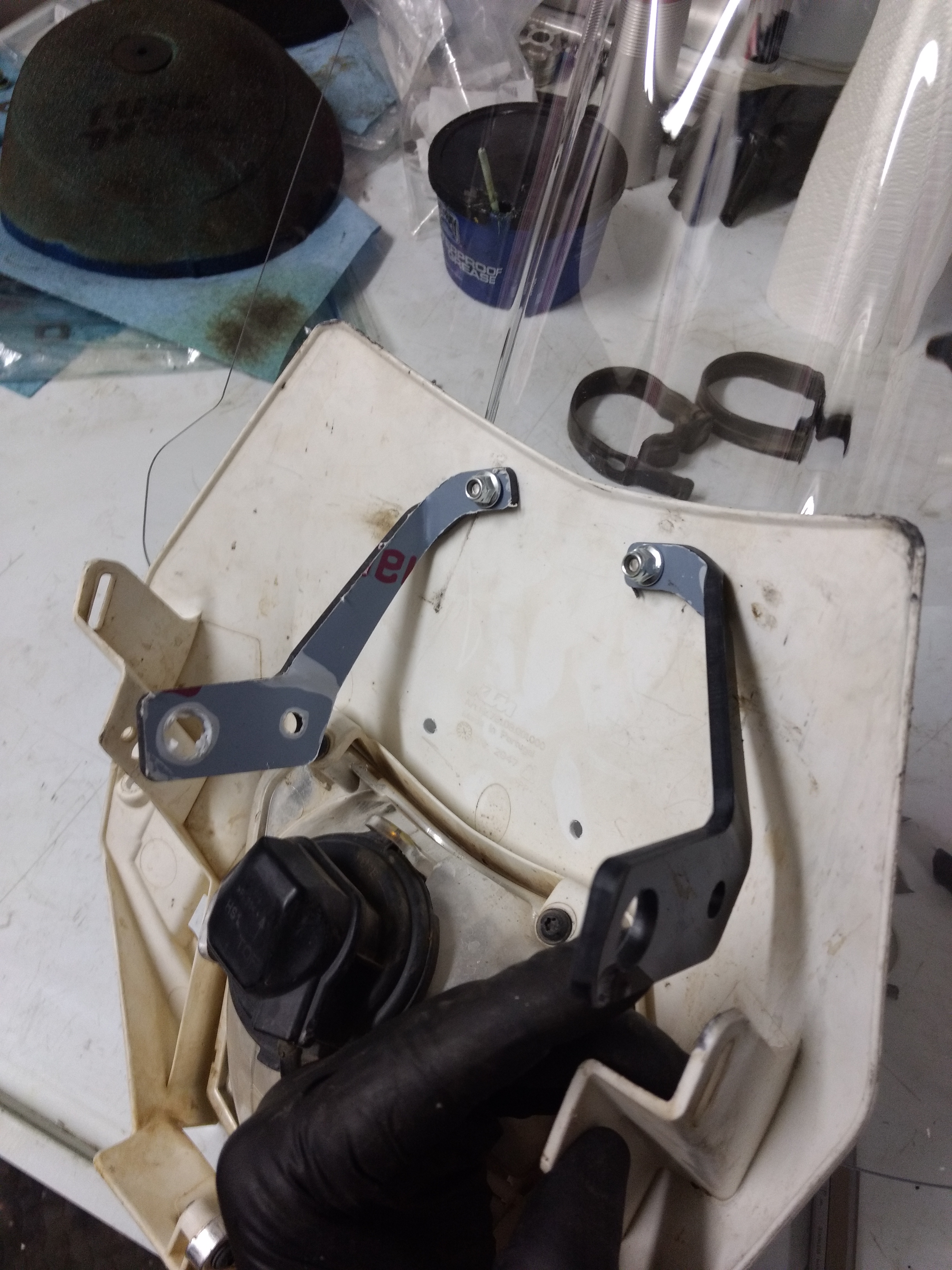
One of the more refined features that are included with the Bajaworx windshield are the stiffening brackets that help reduce movement of the windshield while under wind load. Sadly, they stopped short of the mark on my particular bike, so I wasn’t able to use them. It should be noted that I installed the windshield on a model year this was NOT designed for, so that’s no fault to Bajaworx.

Yet again, Bajaworx’s attention to detail surprises me – in this case the appropriate hardware comes pre-assembled; no digging through a bag of hardware looking for the “#4: 6mm screw – 30mm”, or some such nonsense. Just select a long or short screw, and assemble one at a time being careful not to overtighten. Depending on what handguards and other handlebar accessories you have on your particular bike, you may have to spend some time tinkering and adjusting to incorporate this windshield onto your bike so that vibration and rubbing won’t cause part A to eat part B.
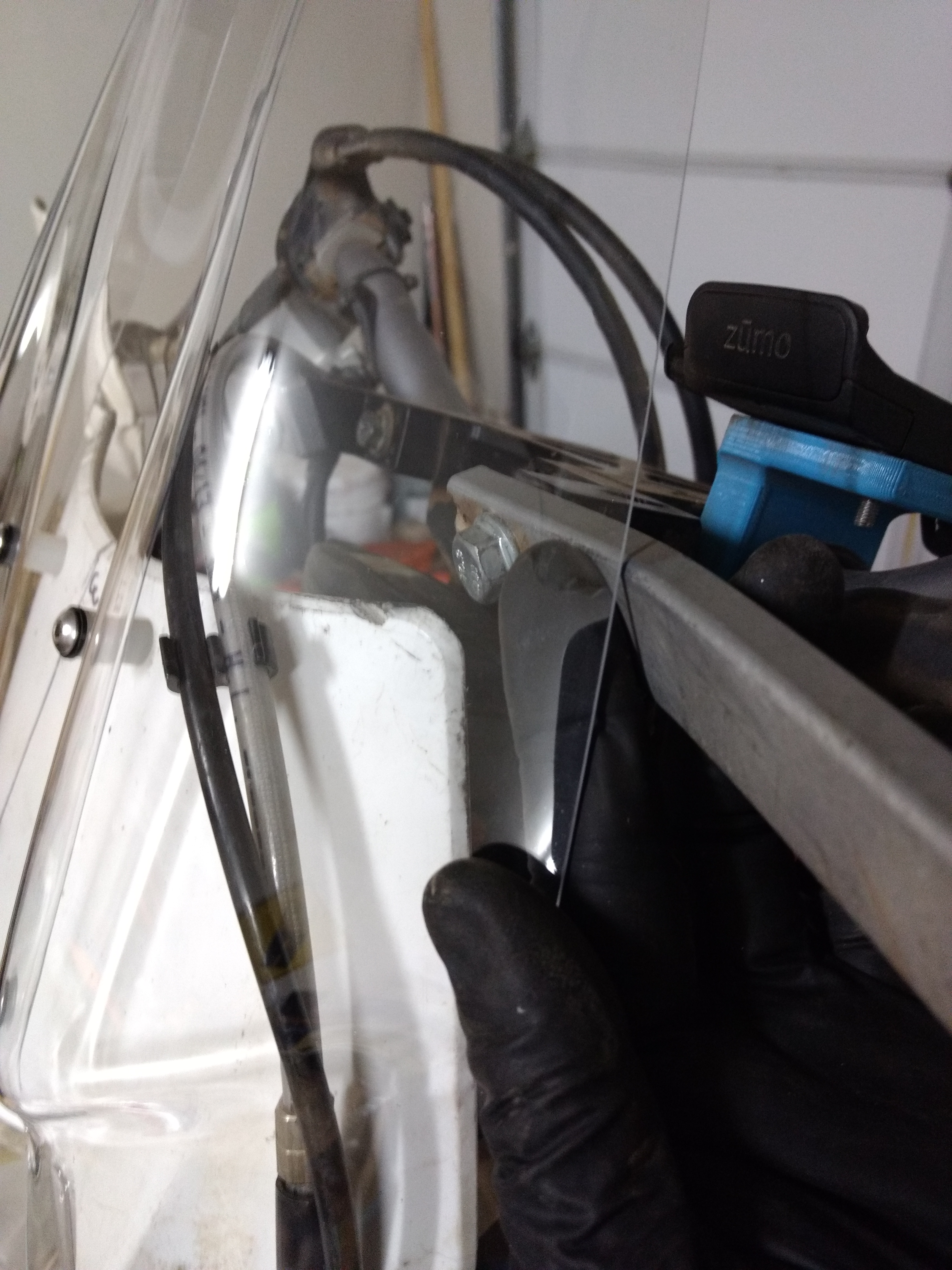
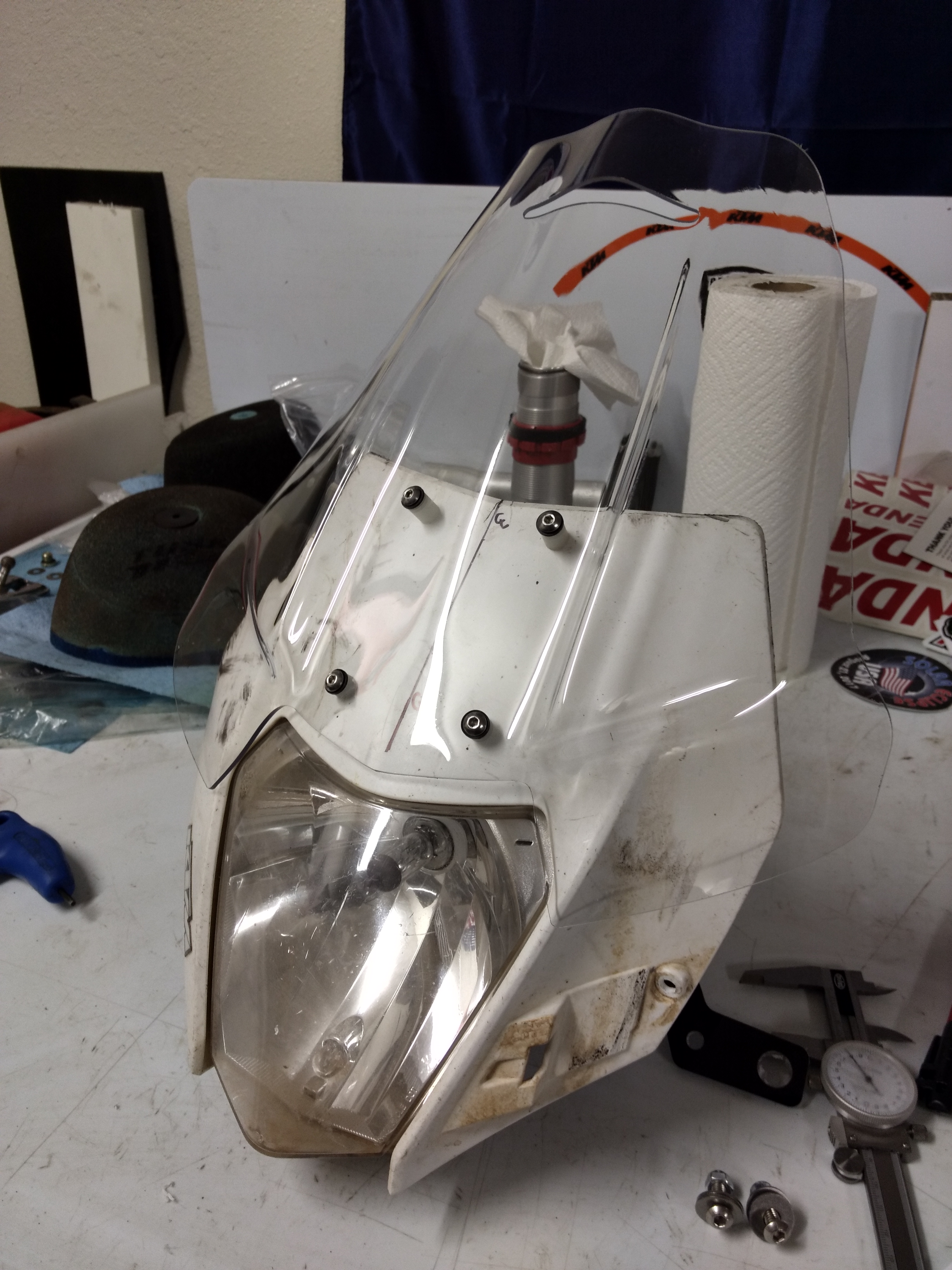

Over the last several months I’ve taken the Bajaworx windshield down many miles of singletrack, climbed mountains, and gobbled up hundreds of miles at full chat. I’ve taken the windshield into some properly hairy scenarios, and I never noticed it; with one exception. I bottomed out hard in a G-out and let myself get pulled too far forward over the bars. My chest kissed the top of the shield, but that’s all. No harm, no foul. Otherwise, it’s utterly imperceptible until you get up in speed.

Once you’re looking to cover some miles, you will notice well, nothing – and that’s the point. The shield takes all that wind pressure that would normally be pushing you over backwards and diverts it around you. When sitting, you will have practically no wind from the neck down. Unlike other products, this piece accomplishes this in such a way as to maintain smooth, laminar airflow across your helmet. This means that while your head is still in the wind, it’s not bobbling around and creating a roar. There’s some noise for sure, but it’s all quite tolerable.

Last but not least is durability. Unfortunately (or fortunately?) I did not get the opportunity to crash test this shield, so I cannot speak to its performance in that arena. I would posit that this shield is the least of your worries in a crash, and that because the headlight assembly is essentially rubber mounted, it would likely survive any encounter with the earth. One area of improvement I would suggest is the brake line routing. The brake hose on my bike would rub constantly on the two ridges on the back of the shield, quickly developing a ‘smeared’ section. It’s a non-issue since the shield in nowhere near your sight line, but it’s kinda ugly nonetheless. Granted, it’s still the best looking plastic on my bike, so who’s to argue?

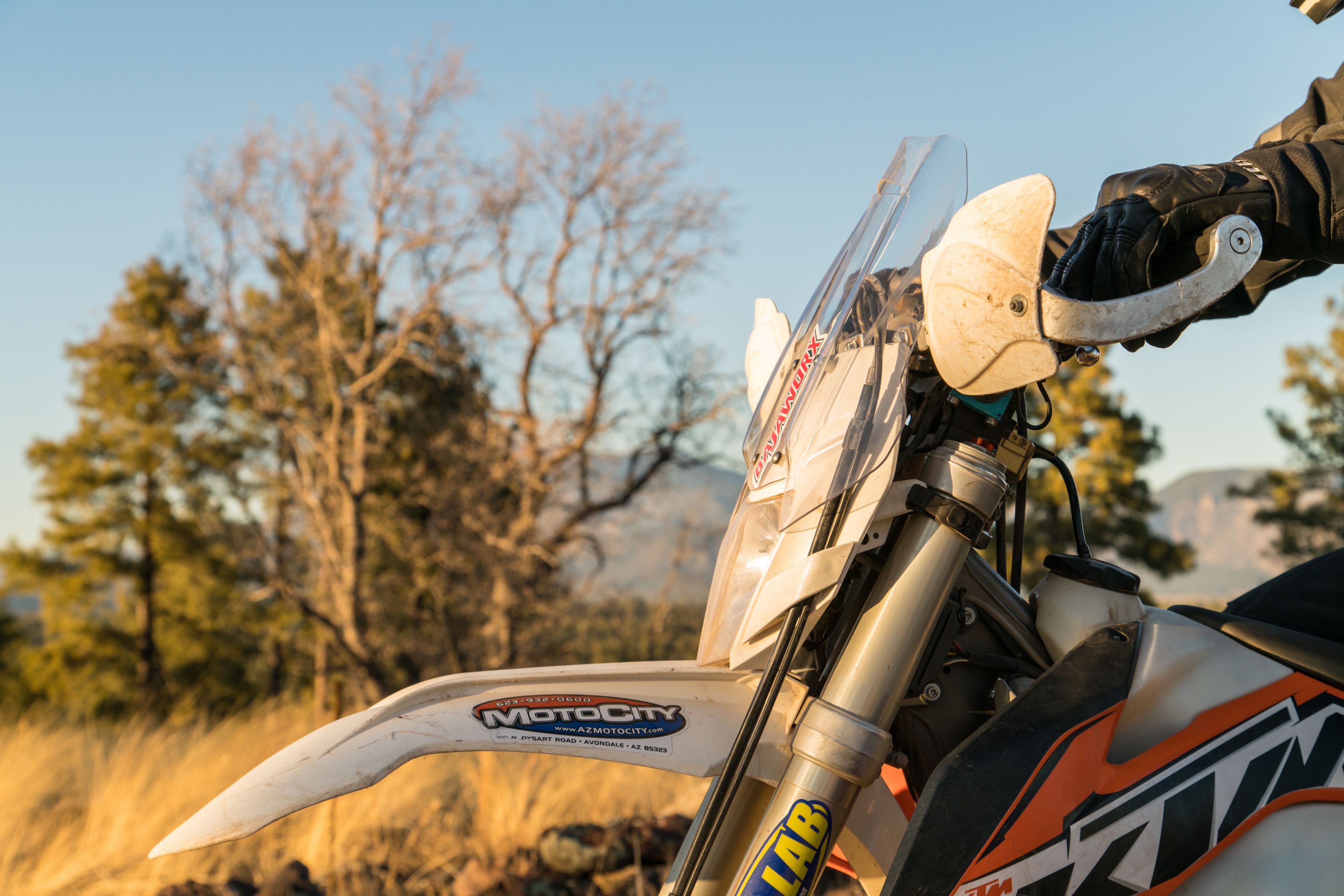
All said, this is a well thought out, well made, and made in USA product that can provide some real world relief on those long stretches at speed. Whether you’re headed to Dead Horse, or you’re in search of some fish tacos and a cold cerveza, the Bajaworx enduro shield is a welcome riding partner and will see you through a day of riding with noticeably less fatigue. Check them out at bajaworx.com.





